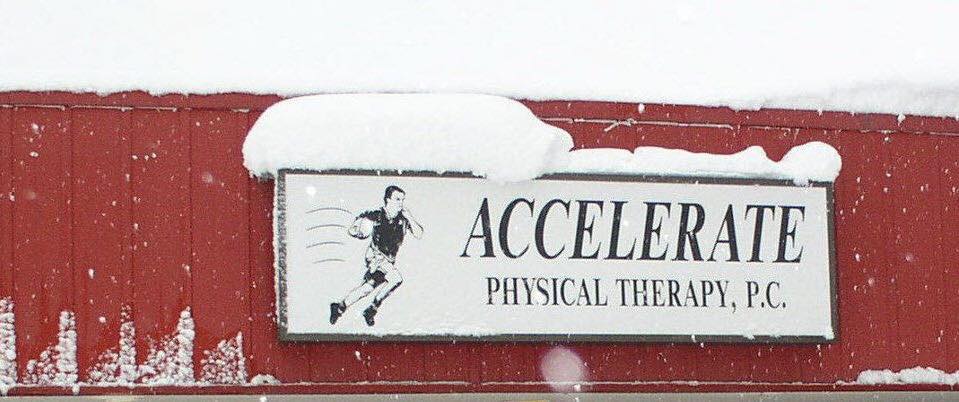Target Tissue Training – Part Two: Functional Stress for Tensile Tissue
When a therapist approaches a patient’s rehab program, we must consider the severity of injury. We design our programs to appropriately stress the injured tissue. In treating tendons and ligaments, we consider the mechanics of injury, adaptation to activity, and healing response during rehabilitation. A single high load strain, repetitive loading or misuse injuries can cause sprains, partial tears… Read More »

